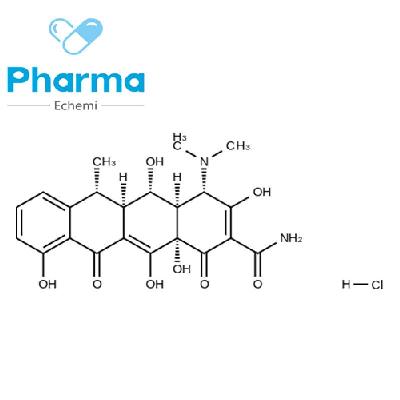Ruthenium rules for new fuel cells
-
Last Update: 2017-07-03
-
Source: Internet
-
Author: User
Search more information of high quality chemicals, good prices and reliable suppliers, visit
www.echemi.com
By attaching a single ruthenium atom to graphene, scientists at Rice University have designed a durable catalyst that can improve the performance of fuel cells Catalyst drives redox reaction, which makes fuel cell convert chemical energy into electrical energy The catalyst for this type of reaction is usually made of platinum, which can resist the acid attack of battery charge electrolyte But because platinum is very expensive, in recent decades, scientists have been trying to find suitable substitutes as catalysts Chemist James tour said the ruthenium graphene combination might be adapted to this reaction He worked with colleagues at Rice University and Chinese scientists to develop the new material In the process of testing, the scientists found that the performance of the catalyst is similar to that of the traditional platinum based alloy catalyst and the best ratio of iron and nitrogen doped graphene Relevant research results were published in ACS Nano, Journal of American Chemical Society When ruthenium atom is fixed in the array of four nitrogen atoms, it usually acts as a highly active catalyst, but it is only one tenth of the cost of traditional platinum catalyst And in this article, the author uses a single atomic site, not a particle, so no atoms are embedded and all atoms can react A single ruthenium atom is dispersed in a graphene sheet with a single carbon atom thickness This process involves dispersing graphene oxide in solution, loading a small amount of ruthenium, freeze-drying the new solution and converting it into foam The material is baked at 750 ° C (1382 ° f) in an atmosphere of nitrogen and hydrogen to lock the graphene and nitrogen atoms to the surface, thus providing a position for the binding of ruthenium atoms The material shows excellent methanol cross tolerance and catalyst resistance to carbon monoxide poisoning in acid medium These two factors are the main reason of reducing the efficiency of fuel cell, and also the persistent problems of traditional platinum catalytic fuel cell.
This article is an English version of an article which is originally in the Chinese language on echemi.com and is provided for information purposes only.
This website makes no representation or warranty of any kind, either expressed or implied, as to the accuracy, completeness ownership or reliability of
the article or any translations thereof. If you have any concerns or complaints relating to the article, please send an email, providing a detailed
description of the concern or complaint, to
service@echemi.com. A staff member will contact you within 5 working days. Once verified, infringing content
will be removed immediately.







